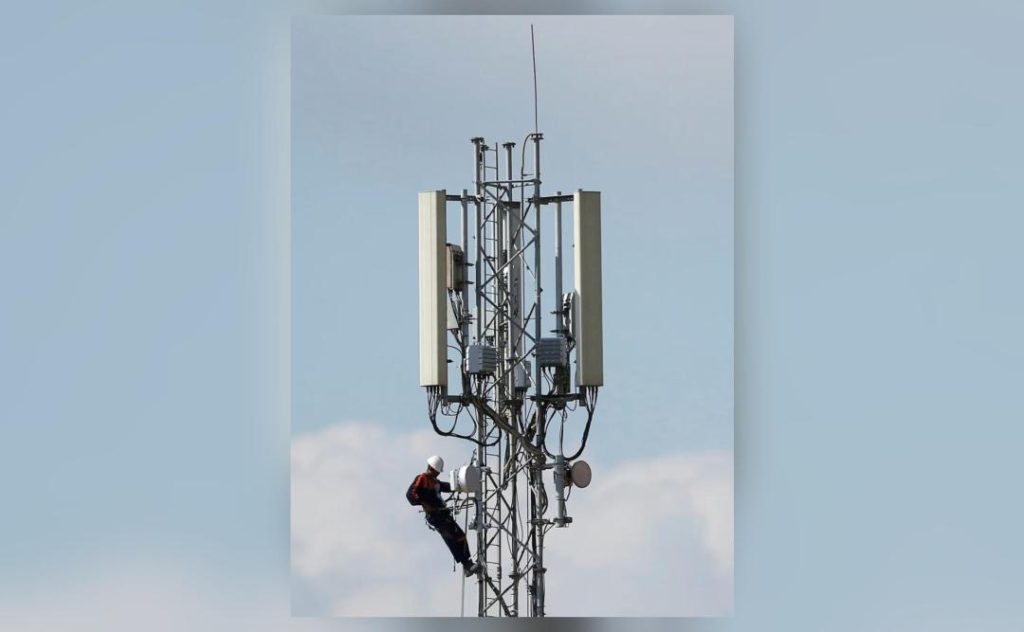
SC Upholds Delhi HC Ruling on Input Tax Credit for Telecom Towers
In a recent development that has significant implications for the telecom industry, the Supreme Court has upheld the Delhi High Court’s ruling that telecom towers qualify as “movable” property, making them eligible for input tax credit (ITC) under the income tax laws. The ruling, which came on Friday, dismissed the appeal filed by the income tax department and reaffirmed the pre-GST position on mobile towers ceasing to be “immovable” property.
The case in question involved Bharti Airtel and Indus Tower, which had challenged the income tax department’s assessment that telecom towers were “immovable” property and hence not eligible for ITC. The Delhi High Court had ruled in favor of the telecom companies, holding that telecom towers are indeed “movable” property and therefore eligible for ITC under the GST regime.
The income tax department had appealed the High Court’s ruling, arguing that telecom towers are “immovable” property as they are fixed to the ground and are not portable. However, the Supreme Court disagreed with this argument, stating that the mere fact that a structure is fixed to the ground does not necessarily make it “immovable” property.
In its ruling, the Supreme Court noted that the definition of “immovable property” is based on the concept of permanence and that a structure that can be removed or relocated is not considered “immovable” property. The court also cited several precedents that support the notion that telecom towers are “movable” property and therefore eligible for ITC.
The implications of this ruling are significant for the telecom industry, as it provides clarity on the tax treatment of telecom towers under the GST regime. Telecom companies will now be able to claim ITC on the inputs and services used in the construction and maintenance of their towers, which will help to reduce their tax liability and improve their cash flow.
This ruling is also a significant victory for the telecom industry, which has been facing challenges in terms of tax compliance and liability. The industry has been seeking clarity on the tax treatment of telecom towers, and this ruling provides a much-needed boost to the sector.
In addition to the telecom industry, this ruling also has implications for other industries that use structures that are fixed to the ground but can be removed or relocated. For example, the ruling could apply to industries such as construction, manufacturing, and oil and gas, which may also benefit from the clarification on the tax treatment of structures that are not “immovable” property.
In conclusion, the Supreme Court’s ruling upholding the Delhi High Court’s decision is a significant development for the telecom industry and other industries that use structures that are fixed to the ground but can be removed or relocated. The ruling provides clarity on the tax treatment of telecom towers under the GST regime and is a much-needed boost to the sector.






